The art, or rather science, of playing Pokemon Go
SINGAPORE — The horde of Pokemon Go trainers crowding around Block 401 Hougang Ave 10 hoping to catch a Snorlax, Gyarados or Dragonite are just victims of groupthink, said someone who has the data to prove it. In fact, they are better off heading to Chong Pang, Raffles Place or Little Guilin.
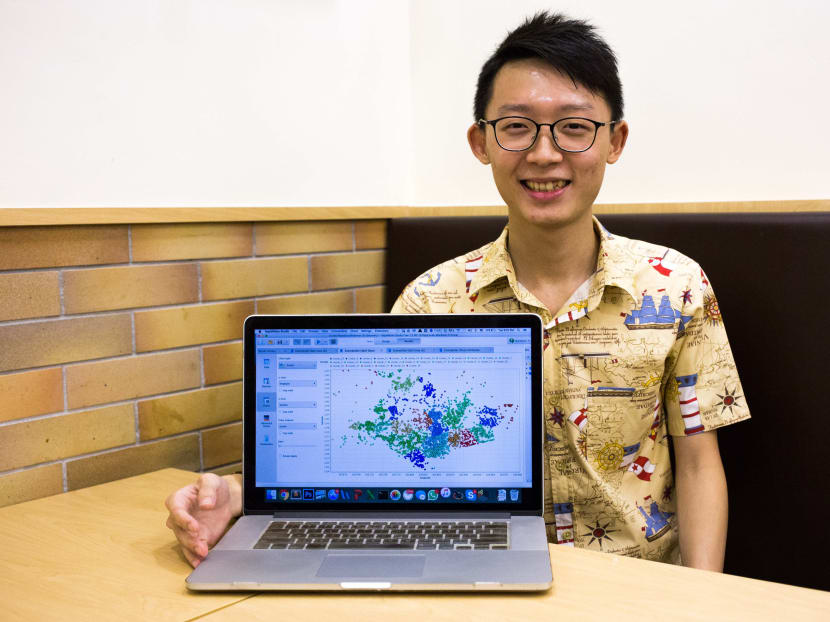
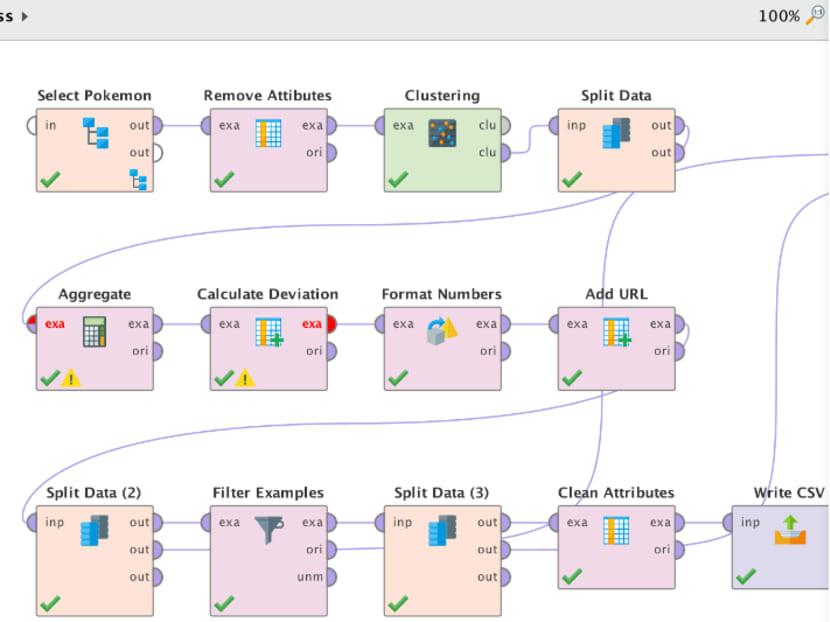
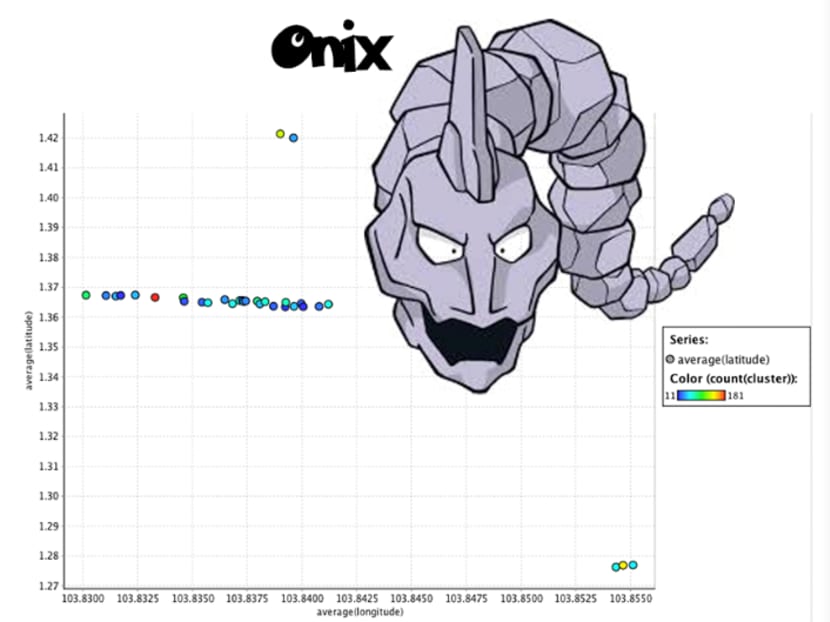
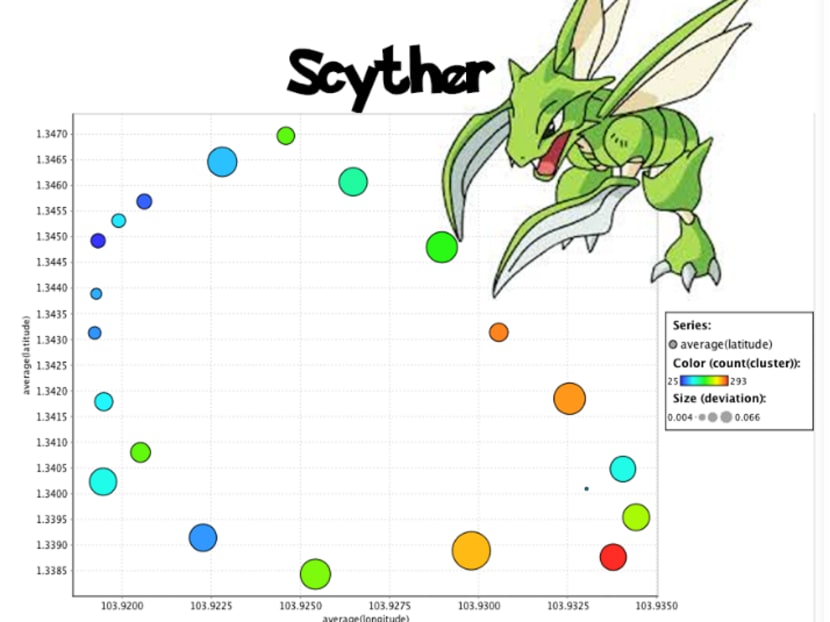
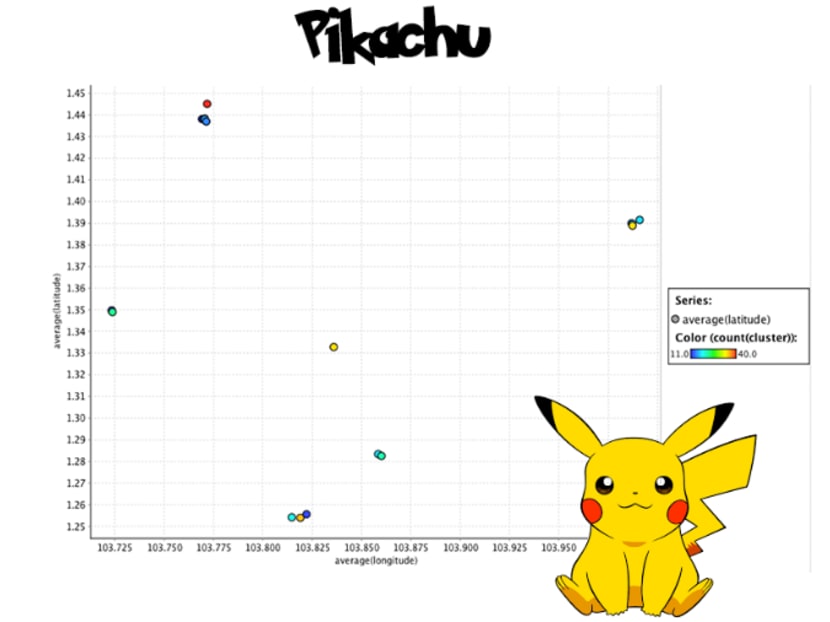
SINGAPORE — The horde of Pokemon Go trainers crowding around Block 401 Hougang Ave 10 hoping to catch a Snorlax, Gyarados or Dragonite are just victims of groupthink, said someone who has the data to prove it. In fact, they are better off heading to Chong Pang, Raffles Place or Little Guilin.
Computer science undergraduate Raymond Yeh came to this conclusion using data science. He started his investigation to justify whether “it is worthwhile getting out of the home to catch Pokemon”.
The 24-year-old final-year student at Nanyang Technological University (NTU) automated a process to gather data from a live Pokemon Go tracking map between Aug 25 and Sept 5. The data showed the exact number of Pokemons, and their locations, which appeared in Singapore over the two-week period.
After collecting almost 4 million data points, he used a free software called RapidMiner Studio to organise and visualise the data, which showed that the distribution of Pokemon is not at random. So, he went on a quest to unveil their “nests” — the best spots to wait out a Pokemon.
What he found was that Scyther and Onix were found in locations that mapped out the shape of Bedok Reservoir and Bishan-Ang Mo Kio Park respectively.
Also Pidgeys and Rattatas are the most abundant, whereas Chansey is the rarest. The 118 Chanseys that appeared over the two-week period of investigation “seemed to appear anywhere randomly”, putting paid to the rumour that Chanseys appear near hospitals. So he said: “Stop bothering the patients there… You’d have a better chance at winning 4D.”
Raymond presented his extensive findings on his website Geek.sg.
The Level 27 Pokemon Go trainer also followed his data to Warren Country Club to catch Charmanders. He even set up an SMS alert system using his data to notify him the moment a Dratini – or any Pokemon he was interested in catching – appeared in Singapore. Raymond’s parents, who also used his SMS alerts, are also at Level 27.
But he recently noticed that Chinese Garden, previously thought of as Growlithe’s and Dratini’s nests, do not seem to yield these rare Pokemons anymore, fuelling discussion among players that the nests move.
So on Tuesday (Sept 20), he set his server running for his second round of data collection. This time, he is investigating “if the nests move, and if they do, do they move in predictable patterns”. Hence, the data collection will “run for months”, provided that his data source does not change its way of displaying data.
In his drive to get more young people interested in the possibilities and real-life application of data science, on Oct 9, he is conducting a data mining session with the NTU Cultural Activities Club, where he will teach about 60 people how to build their own analytical trees with the more recent Pokemon Go data that he has collected.
He also recently started an education consultancy firm with two friends, National University of Singapore undergraduate Mitchell Tan and former Nanyang Business School student Delphine Gan, through which they aim to teach Secondary School and Polytechnic students how to data mine.
“With the young people’s interest in Pokemon Go, it is a good bait to use to teach children about statistics — mean, medium, mode, normal distribution, standard deviation and the lot,” Raymond said.
As a parting shot, when asked what are the chances of catching the Asia-specific duck Pokemon here in Singapore, he said: “It showed up zero times.” Seems like catching a Farfetch’d would be quite farfetched.
THE 4D POKEMON
Players who have some of the Pokemons listed here ought to count themselves as lucky, as they have a higher chance of striking 4D — a 1 in 10,000 chance or 0.01 per cent — than sighting one of these rare creatures.
Chance of sighting in percentage:
Chansey - 0.0031%
Lapras - 0.0041%
Dragonite - 0.005%
Porygon - 0.009%
Hitmonchan - 0.0092%
Hitmonlee - 0.0095%
Some of the most commonly-sighted Pokemon in Singapore:
Pidgey - 14.6%
Rattata - 12.7%
Weedle - 6.1%
Caterpie - 3.2%
Zubat - 2.9%








